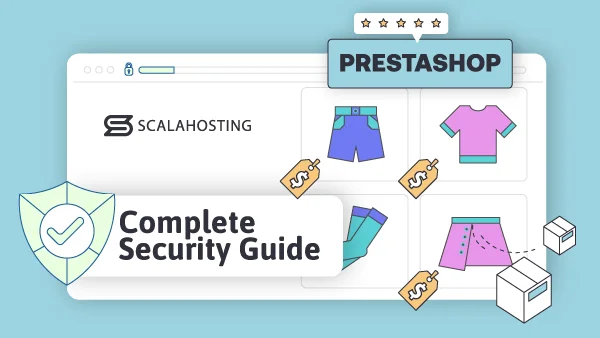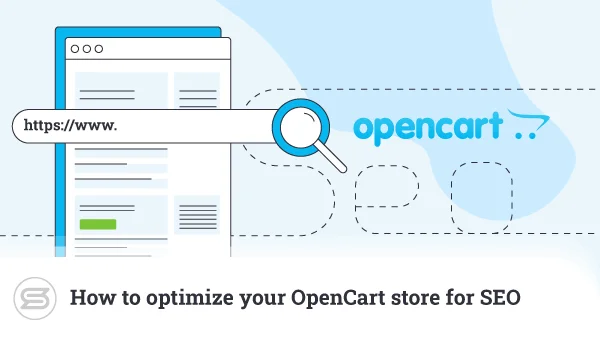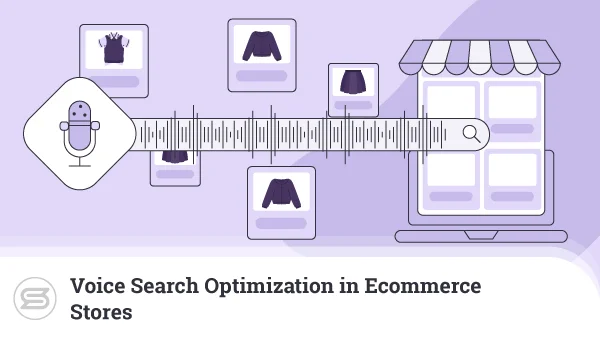The Role of Content Delivery Networks (CDNs) in Global Ecommerce
Like it or not, speed is a decisive factor when it comes to ecommerce shopping. If your store loads slowly, you’ll be swamped under abandoned carts and negative reviews.
That is the exact opposite of what you want.
You can avoid all this hassle by using a Content Delivery Network (CDN). It will distribute your content across multiple servers globally, ensuring that data travels the shortest possible distance to reach your customers.
Numerous benefits and zero downsides.
In this article, we’ll discuss how CDNs work, their role in improving your online store performance, and how to choose the right one.
Benefits of CDNs for Global Ecommerce
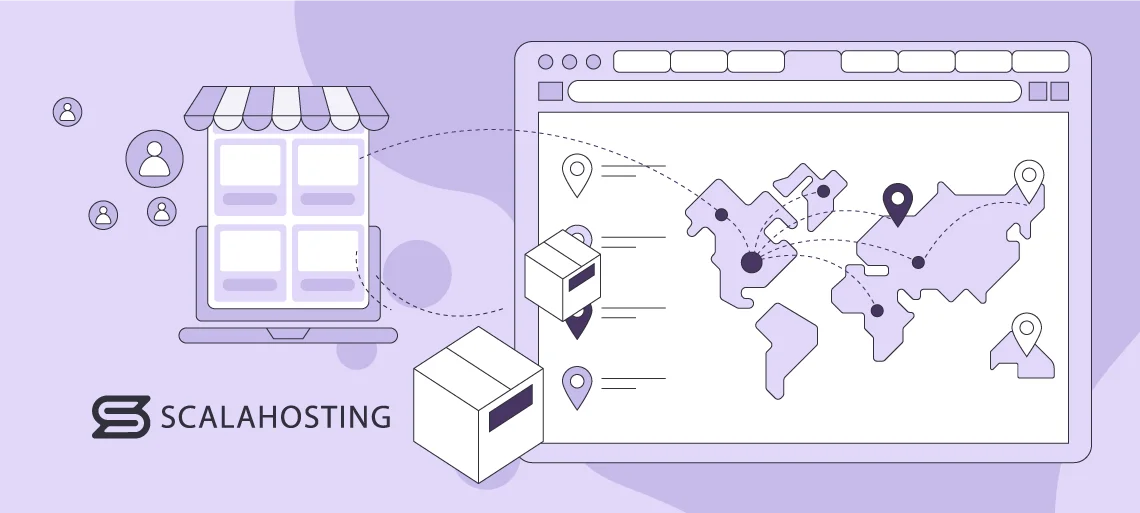
Content Delivery Networks (CDNs) can and will take your online store to the next level.
Their benefits are numerous. The CDN importance is also not to be underestimated:
For one, CDN solutions significantly enhance page load times. They distribute content across multiple servers located in various geographic regions, known as edge servers. When a user requests content from a website, the CDN delivers it from the nearest edge sеrver.
As a result, your visitors get the content faster. This proximity, known as latency, reduces the time it takes for data to travel, resulting in optimized page load times. It also enables you to globalize your reach.
Because users will experience quick page transitions, swift image loading, and fast video buffering, they will be more likely to be converted to customers or repeat visitors. CDNs also automatically compress images, videos, files, etc., to fit your customers’ screens. They will also deliver geographically fitting content—users will get to enjoy your website in their native language if it supports it.
CDN platforms enhance security as well. They can protect you from DDoS attacks by filtering real traffic. In addition, they can help you handle SSL certificates.
How Does a Content Delivery Network Function
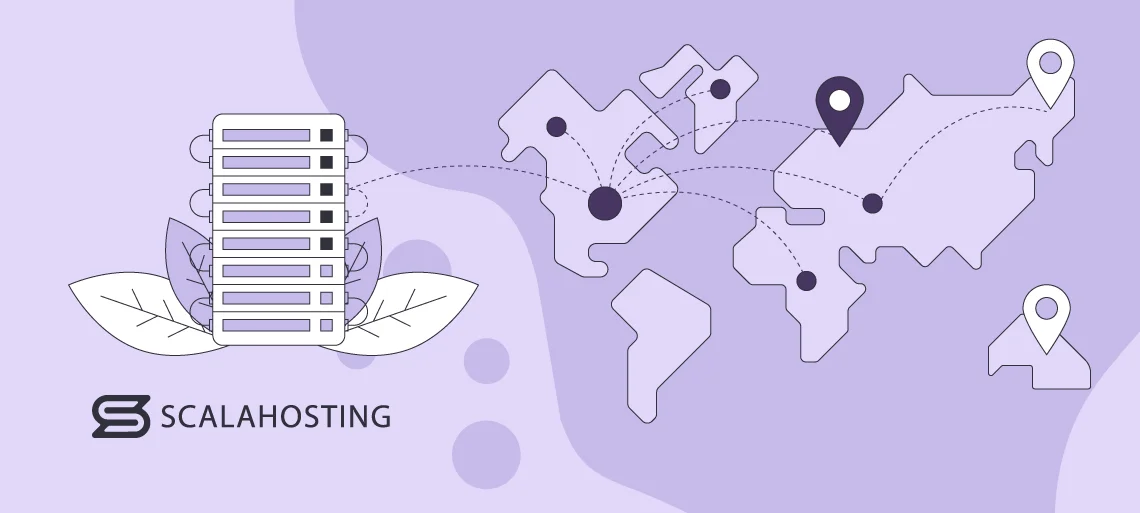
Content Delivery Networks (CDNs) are basically a network of servers. Those include origin and edge servers.
The origin server is the primary source of the original content of your online shop. Edge servers are distributed geographically in various locations worldwide. They act as local repositories for the content and cache copies of all static data, such as images, stylesheets (CSS), JavaScript files, and videos. If the content is available (a cache hit), it is delivered immediately from the edge server. If it is not (a cache miss), the CDN retrieves the content from the origin server, displays it to the viewer, and stores a copy on the edge server for future requests.
So, when a user requests data from a website, the CDN determines their geographical location and delivers the content from the nearest edge server. This reduces the distance data must travel, significantly improving load times and reducing latency.
Let’s try with an example:
You have an online store hosted on a server in New York. However, someone from London wants to view its contents. The CDN will serve the necessary data from an edge server located in London or the nearest possible location. The viewer won’t experience any delay in the content delivery, which will lower bounce and abandoned cart rates significantly.
Global Distribution of Content
To ensure consistent content delivery and synchronization across multiple locations, CDNs employ various methods. They include:
- Real-time synchronization – ensures that updates to the origin server are quickly propagated to edge servers. Techniques such as content invalidation and purging are used to remove outdated data and replace it with the latest one.
- Intelligent routing – used to direct user requests to the most appropriate edge server. It relies on factors like server load, proximity to the user, and current network conditions.
- Load balancing – involves distributing incoming requests evenly among multiple servers, optimizing resource usage, and ensuring that no single server is overwhelmed.
- Geographic targeting – tailoring content delivery based on geographic location. This can include language-specific content, regional promotions, localized services, etc.
To sum up, the global distribution of content through CDNs involves a sophisticated process of content replication, caching, and synchronization. That way, users receive fast, reliable, and consistent access to your online shop, regardless of their location. Your store, on the other hand, gets worldwide exposure.
Minimizing Latency and Packet Loss
Latency is the time it takes for data to travel from the server to the user device. High latency means slow loading times, which leads to higher bounce rates.
Thankfully, one of the primary functions of CDN solutions is to reduce latency as much as possible.
It does that by relying on the edge servers. They cache copies of static content – data that doesn’t change frequently. So, when a visitor requests to open a page from your website, the CDN identifies their location and routes the request to the nearest edge server.
Serving content from a nearby edge server minimizes the round-trip time (RTT), which is the duration for a data packet to travel from the user device to the server and back. As a result, your visitors will get fast-loading pages, which will improve their overall satisfaction.
As a bonus, CDN platforms enhance the quality of data transmission by optimizing network routes to minimize packet loss. It occurs when data packets fail to reach their destination, leading to incomplete or corrupted content delivery. To prevent it, CDNs use advanced algorithms to determine the most efficient path for data to travel between the edge server and the user. They consider factors such as network conditions, outages, server load, etc.
Some CDNs even employ multipath transmission, where data packets are sent over multiple routes simultaneously. That way, even if some information is lost or delayed on one path, other packets can still arrive on time via alternative routes.
HTTPS and Security
CDNs also enhance website security by enabling Hypertext Transfer Protocol Secure (HTTPS) encryption. It ensures that data transmitted between the user’s browser and the web server is properly encrypted, guaranteeing your privacy. CDNs also deploy HTTPS consistently across their global network of edge servers. This means that all users receive the same level of security, regardless of their location. It also eliminates issues related to mixed content.
CDNs provide tools and automation to handle certificate issuance, renewal, and deployment. This reduces the administrative burden on website operators and ensures that SSL/TLS certificates are always up to date.
SSL/TLS termination is the process of decrypting HTTPS traffic so it can be processed by the server. It is a quite resource-intensive task. CDNs can offload it to an edge server and reduce the load on the origin one, speeding up the delivery of encrypted content.
CDNs have another way of enhancing security:
They can defend your ecommerce site from DDoS attacks, which overwhelm a website’s server with a flood of traffic, rendering it unavailable to legitimate users. CDNs employ rate-limiting and traffic-filtering techniques to identify and block malicious traffic so your web content is safe.
In addition, CDNs often integrate Web Application Firewalls (WAF) into their services. That provides another security layer.
All these features are essential for maintaining the integrity, availability, and performance of online stores. They also help you build customer trust.
Mobile Optimization and Responsive Design
One thing you need to always keep in mind is that people shop primarily on mobile.
CDNs can also help with mobile optimization. They ensure that the content delivered to mobile devices is appropriately sized. They employ on-the-fly image optimization, which involves resizing, compressing, and converting images to the appropriate format based on the device type. For example, mobile users will get compressed images that are still high quality, and as a result, they will enjoy faster load times.
CDNs also utilize adaptive bitrate streaming, which adjusts the quality of video streams in real time. This ensures smooth playback with minimal buffering, even on slower mobile networks.
CDNs employ techniques such as Gzip and Brotlu to compress HTML, CSS, and JavaScript files. The compressed files require less bandwidth and load faster on mobile devices. This compression is automatically applied at the edge servers, ensuring that users receive device-appropriate content.
So, by leveraging CDNs, you can ensure fast, reliable, and consistent access to their websites, even for mobile users (which means 90% of users).
Dynamic Content Delivery
Dynamic content includes personalized product recommendations and user-generated content. Unlike its static counterpart, which remains the same for every user, dynamic content changes based on user interactions, preferences, etc.
CDNs can cache frequently accessed user-generated content and update the cache periodically to reflect new data. Edge servers can also execute scripts and logic to generate personalized content in real time. This ensures users see up-to-date content without excessive load on the origin server.
As many ecommerce platforms rely on APIs to deliver dynamic content, CDNs have the ability to cache API responses for short periods. This also significantly improves performance.
Delivering said dynamic content efficiently requires a combination of caching strategies, edge computing, and intelligent routing. CDNs provide serverless functions (also known as edge functions) that run custom code at the edge. These can handle tasks such as personalizing content, processing API responses, and performing real-time calculations. As a result, users get reduced latency and improved performance.
For real-time data, such as stock availability and pricing, CDNs use WebSockets or HTTP/2 server push. WebSockets enable a persistent connection between the server and the client, allowing real-time data exchange. HTTP/2 server push allows the server to send updates to the client proactively. Thanks to them, users receive the most current information without needing to refresh the page.
Localization and Geo-Targeting
CDNs are vital for delivering location-specific content, prices, and offers to users worldwide. They leverage the geographic distribution of their servers and tailor the content to meet the cultural, linguistic, and economic preferences of different regions.
A CDN can also dynamically adjust product prices based on the user’s location. This means displaying the local currency and accounting for regional taxes, shipping costs, and discounts. It involves fetching up-to-date exchange rates and applying them to the product prices dynamically. That way, it enhances the shopping experience and makes it easier to convert visitors to customers.
Using CDN solutions also enables you to use targeted promotions and offers tailored to specific regions. CDNs can segment audiences based on geographic data, too. This allows for precise targeting of ads, promotions, and content that resonate with local audiences.
In addition, CDNs can help you ensure compliance by customizing content delivery based on regional laws and standards. This might involve displaying specific legal disclaimers, adhering to data privacy regulations, or ensuring that content meets local advertising standards.
Analytics and Reporting
CDNs offer a range of analytics and reporting tools. They track and report on key performance indicators (KPIs) such as:
- Page load times
- Server response times
- Cache hit-and-miss ratios
- Bandwidth usage
These metrics will help you understand how quickly content is delivered to users and identify any bottlenecks or performance issues. By analyzing these metrics, businesses can make adjustments to improve speed and efficiency.
In addition, you’ll get data on user interactions, including:
- Page views
- Session durations
- Bounce rates
- Conversion rates
This information provides insights into how visitors navigate the site, which pages are most popular, and where users drop off in the conversion funnel. That way you’ll be able to optimize your shop’s layout, content, and functionality.
CDNs will also provide detailed reports on the geographic distribution of website traffic. This includes information on where users are accessing the site from, down to specific countries, regions, and cities. This will enable you to tailor content and marketing strategies to different regions.
Integrating a CDN to Your Online Store
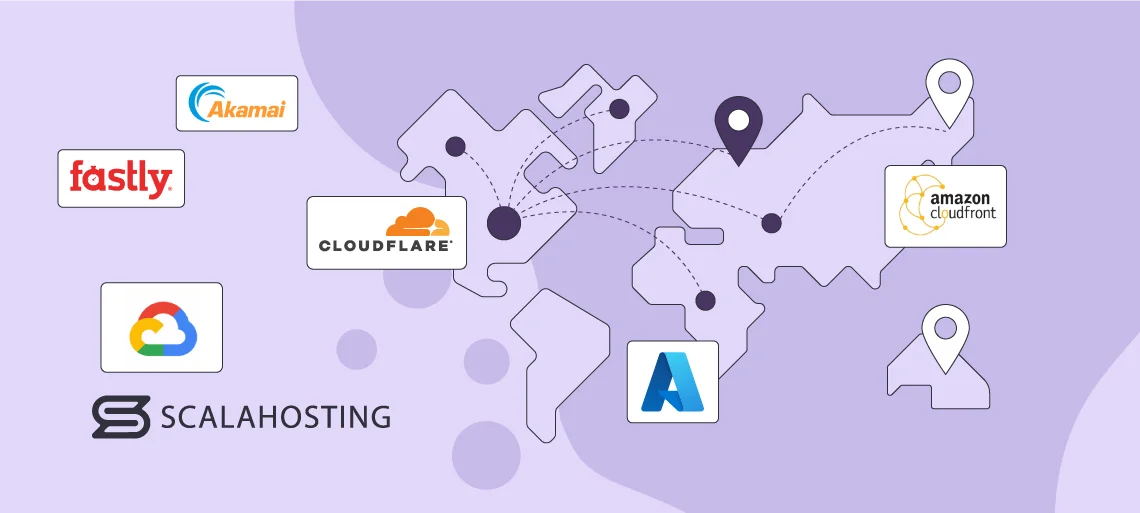
The first step to integrating a CDN into your ecommerce store is to select a provider that meets your specific needs. Consider factors such as:
- Global reach
- Performance
- Security features
- Ease of integration
- Customer support
- Cost
Some of the leading CDN vendors include:
- Akamai
- Cloudflare.
- Amazon CloudFront
- Google Cloud CDN
- Microsoft Azure CDN
- Fastly
Make sure to check if the platform you’ve chosen fits your hosting environment.
Remember – CDNs are different from web hosting.
That’s why you need a reliable hosting provider to utilize a content delivery system. ScalaHosting enables you to integrate with all possible CDN vendors. This option is available in all packages. However, we recommend choosing one of our VPS plans—they come with industry-leading hardware and enough customization options to accommodate an online shop.
Once you’ve chosen a CDN vendor, sign up for an account with them. Then, you’ll need to configure your settings. This includes specifying the origin server, which is the source of your website content. The CDN will pull data from this server to cache and distribute it globally.
The next step is to update your DNS settings. This involves pointing your domain or subdomain’s DNS records to the servers of your CDN. Once that’s done, configure the caching rules to determine how your content is cached and refreshed. You can specify which types of content to cache and set expiration times for storage.
The last step is to update your website URLs to use the CDN’s domain or subdomain. This typically involves changing the URLs of static assets (such as images, CSS, and JavaScript files) to point to the CDN. Many providers offer tools or plugins to automate this process.
IMPORTANT: Before fully launching the CDN integration, test it thoroughly to ensure that content is being delivered correctly and efficiently.
Conclusion
To sum up, integrating a CDN into your hosting environment is a must if you want your business to thrive in a competitive market. It guarantees that your ecommerce store will deliver a faster, more reliable, and more secure shopping experience to customers worldwide.
There are numerous benefits to reap, such as enhanced website performance, improved user satisfaction, increased conversion rates, etc. CDN solutions also boost the overall user experience for mobile apps and reduce data usage.
In short, you have nothing to lose and everything to gain. So, hurry up and choose a suitable CDN vendor to take your shop to the next level!
FAQ
Q: What are CDNs used for?
A: CDN platforms are used to enhance the performance, reliability, and security of websites and online services. They accelerate the delivery of web content by distributing it across multiple servers located in various geographic regions. That way, users get data from the server closest to them.
Q: Is CDN free to use?
A: Some vendors offer CDN solutions for free. However, this comes with several limitations, such as restricted bandwidth, fewer features, or less robust support. That’s why it’s best to rely on a paid service to ensure reliable, scalable, and secure content delivery.
Q: Is CDN bad for SEO?
A: Google representatives have confirmed that using a CDN does not inherently hurt your SEO. Search engines don’t really care where your content is delivered from. All that matters is that it is served through HTTPS, which all reputable CDN providers do anyway.
